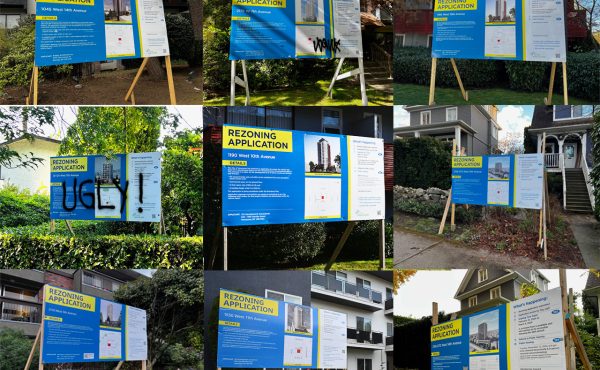

Author: Michael Dobbins (Wiley, 2009)
“Urban Design is a diffuse and abstract term, it means different things to different people.” With these opening word, author Michael Dobbins succinctly – if unintentional – summarized a key challenge with the book that follows.
At its core, urban design looks at people’s various roles in creating and using the urban environment. Concerned with the arrangement, appearance and function of cities, it pays particular attention to public space. Dobbins, an architect, city planner, former planning commissioner and current university professor set out to write an introductory text, reference manual AND citizen guide on this multifaceted subject. This would be a daunting task for even a straightforward topic. With the broad-reaching and multiple facets of urban design, the task become herculean.
Urban Design and People is introduced as a distillation of what Dobbins has learned during his 40 year career. In that regard, it is a success. The text offers a comprehensive overview of what urban design is and how it is implemented. The framework he provides is a useful guide to understand both the principles of urban design principles and strategies to realize them.
The book offers a well-organized survey of the processes necessary to carry out urban design work. Moving from the regional scale down to the hyper-local, Dobbins explores urban design from the viewpoints of the private sector, public sector, and community. He illustrates the main points with a range of historical observations and current advice.
Dobbins is also successful in drawing lessons from his experience in bringing together the interests of cities, communities and developers. In doing so, he highlights the many professions involved in getting a project from design concept to completion. He provides readers with a series of straightforward design strategies and practices to learn from. While the chapters themselves contain few footnotes or direct references to outside sources, the book includes an excellent bibliography at the end referring readers to over 50 urban design thinkers.
But Dobbins’ stated ambition is to go beyond simply distilling what he knows. He wants to instill this knowledge into students, practitioners, and citizens. While he may have succeeded in reaching his first two audiences, it is less clear that he successfully reached the third. Sure, Dobbins successfully explains the vocabulary, rules, tools, structures, and resources in a clear and accessible style. Unfortunately, he does so in an incredibly dry way. You would have to be a dedicated citizen to do much more than to skim this book, or use as a reference for specific projects.
One unfortunate omission is the use of real world colour images to illustrate his points. Dobbins does a good job of illustrating his principles with short case studies; it would have been great if he took the studies a step further in included engaging photographs of the places he was discussing. If citizens are to embrace the principles of good urban design, they need more that rudimentary sketches, historic maps, and a smattering of aged black and white photos.
Urban design is an important field and one that deserves more attention. I applaud Dobbins for written a thoughtful book that attempts to raise it’s profile. Alas, I fear that this book will fail to engage all of its intended audiences. Unless you are a serious student or dedicated practitioner of urban design, I suggest you keep this book off your Christmas wish list.
***
Yuri Artibise is a public policy analyst and social media specialist. Through his Yurbanism brand, he explores the ‘Y’ of urbanism by sharing ways to make our cities more livable, community-oriented places one block at a time. He currently works with PlaceSpeak, an online location-based community consultation platform.

